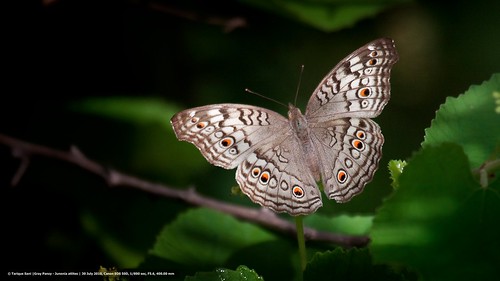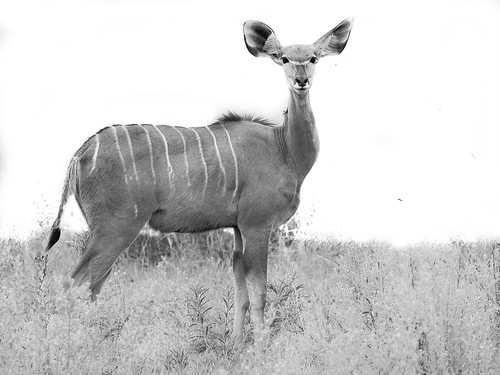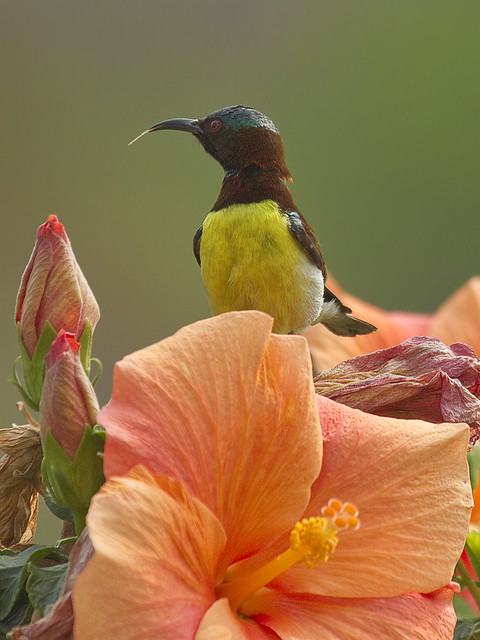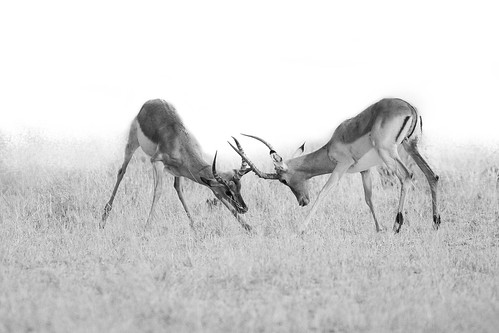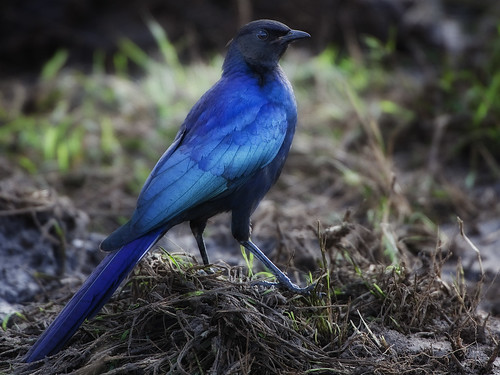The Gray Pansy or Grey Pansy (Junonia atlites) is a species of nymphalid butterfly found in South Asia.
Month: April 2012
The toss…
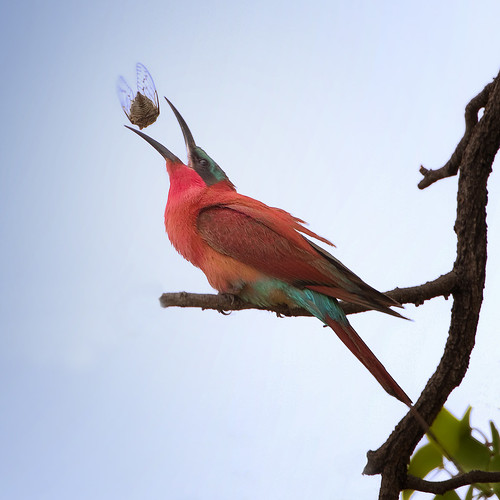
The Southern Carmine Bee-eater (Merops nubicoides) (formerly Carmine Bee-eater) occurs across sub-equatorial Africa, ranging from KwaZulu-Natal and Namibia to Gabon, eastern Democratic Republic of the Congo and Kenya.
This species, like other bee-eaters, is a richly coloured,striking bird, predominantly carmine in colouration, but with the crown and undertail coverts blue.
Ref: https://en.wikipedia.org/wiki/Southern_Carmine_Bee-eater
Spur-winged Goose
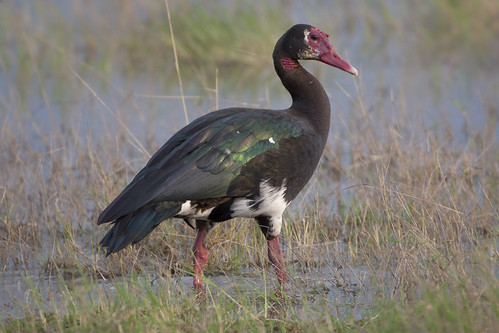
The Spur-winged Goose (Plectropterus gambensis) is a large bird in the family Anatidae, related to the geese and the shelducks, but distinct from both of these in a number of anatomical features, and therefore treated in its own subfamily, the Plectropterinae. It occurs in wetlands throughout sub-Saharan Africa.
Indian Black Francolin
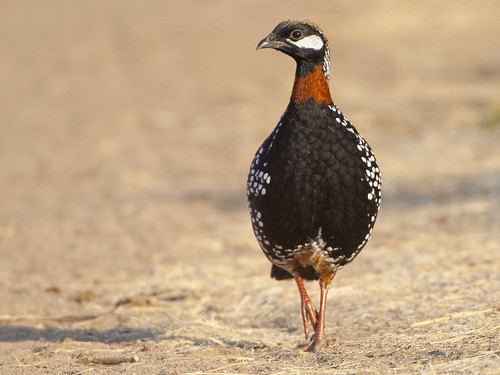
There are six recognized subspecies of Black Francolin:
F. f. francolinus (Linnaeus, 1766) – Western Black Francolin – Cyprus, southern Turkey to Iraq and Iran
F. f. arabistanicus (Zarudny and Harms, 1913) – Iranian Black Francolin – southern Iraq and western Iran
F. f. asiae (Bonaparte, 1856) – Indian Black Francolin – northern India
F. f. henrici (Bonaparte, 1856) – South Persian Black Francolin – southern Pakistan to western India
F. f. bogdanovi (Zarudny, 1906) – southern Iran and Afghanistan to southern Pakistan
F. f. melanonotus (Hume, 1888) – eastern India to Sikkim and Bangladesh.
Social networking….
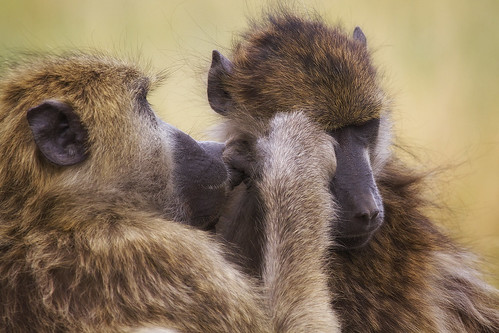
Chacmas usually live in social groups composed of multiple adult males, adult females, and their offspring. Occasionally, however, very small groups form that include only a single adult male and several adult females. Chacma troops are characterized by a dominance hierarchy. Female ranking within the troop is inherited through the mother and remains quite fixed, while male ranking is often in flux, especially when the dominant male is . Chacmas are unusual among baboons in that neither males nor females form strong relationships with members of the same sex. Instead, the strongest social bonds are often between unrelated adult males and females. Infanticide is also common compared to other baboons species, as newly dominant males will often attempt to kill young baboons sired by the previously dominant male. Baboon troops possess a complex group behavior and communicate by means of body attitudes, facial expressions, vocalisations and touch.
Blacksmith Lapwing
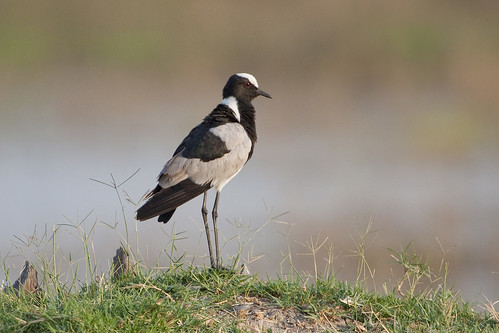
The Blacksmith Lapwing or Blacksmith Plover (Vanellus armatus) occurs commonly from Kenya through central Tanzania to southern and southwestern Africa. The vernacular name derives from the repeated metallic ‘tink, tink, tink’ alarm call, which suggests a blacksmith’s hammer striking an anvil.
